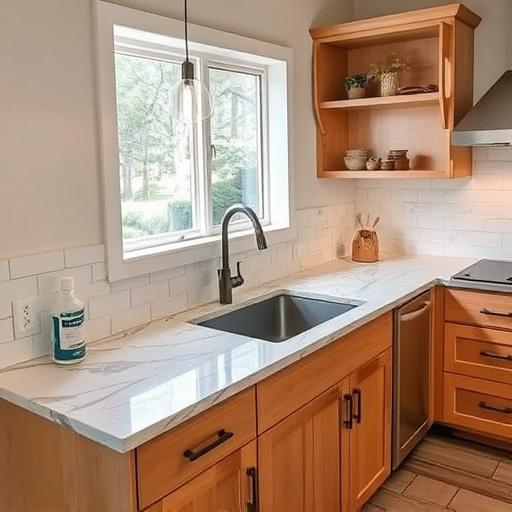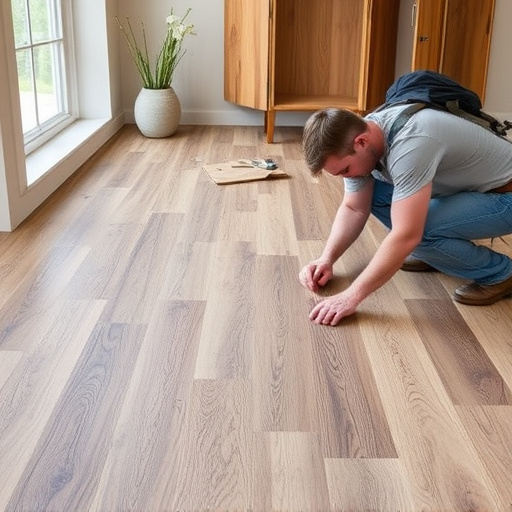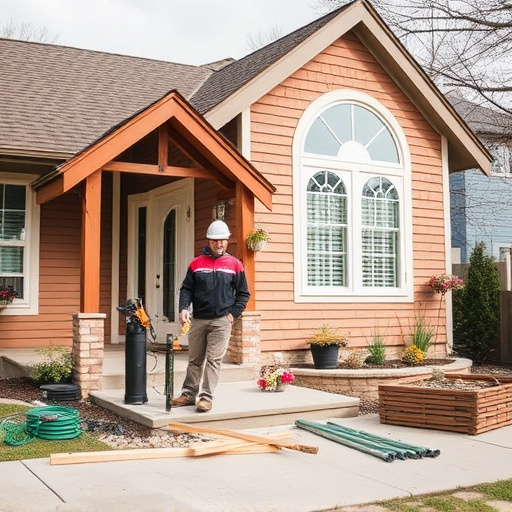Slip-resistant tile flooring is a practical and stylish option for high-traffic areas prone to moisture or slipping hazards, such as bathrooms, kitchens, and entryways. Key considerations include choosing durable materials like ceramic or porcelain tiles with textured surfaces or special coatings that enhance traction. Proper installation, including subfloor prep, grout application, and sealing, ensures safety and aesthetic appeal for any renovation project, from residential remodels to whole-house makeovers.
Choosing slip-resistant tile flooring is crucial for creating safe, worry-free spaces. This comprehensive guide will walk you through the process, from understanding slip-resistant tiles to selecting the best options for your needs. We’ll delve into key factors like surface texture and material composition, ensuring a secure and stylish floor. Discover popular choices, installation tips, and expert insights on maintaining these durable floors, making informed decisions for your next tile flooring project.
- Understanding Slip-Resistant Tile Flooring
- Factors to Consider When Choosing Slip-Resistant Tiles
- Popular Slip-Resistant Tile Flooring Options and Installation Tips
Understanding Slip-Resistant Tile Flooring
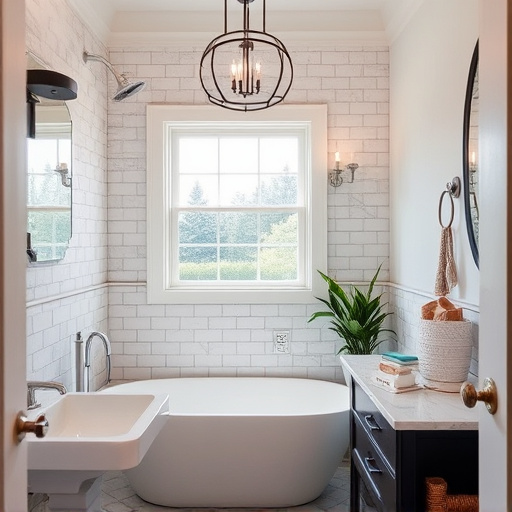
Slip-resistant tile flooring is a smart choice for many homes, especially in areas prone to moisture and potential slipping hazards like bathrooms, kitchens, and entryways. This type of flooring offers both style and functionality, ensuring safety while adding value to your property. Understanding slip-resistive tiles involves recognizing their unique properties and how they differ from standard tiles.
These specialized tiles are designed with textured surfaces or special coatings that provide better traction underfoot, reducing the risk of slips and falls. The process is simple yet effective: by enhancing the grip, these tiles ensure stability, making them ideal for high-traffic zones or spaces undergoing home additions or kitchen remodels. Moreover, slip-resistant flooring can be easily incorporated into your interior painting scheme, offering a safe yet aesthetically pleasing option for any space.
Factors to Consider When Choosing Slip-Resistant Tiles
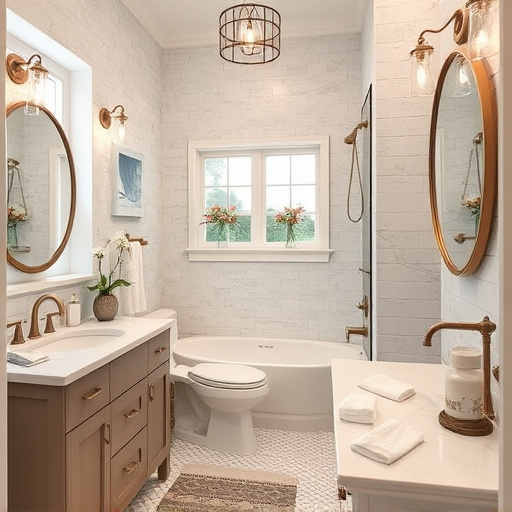
When selecting slip-resistant tile flooring for either commercial or residential renovations, several key factors come into play. First and foremost, consider the high-traffic areas in your space, as this will dictate the type of finish and material required to ensure safety. For instance, kitchens, bathrooms, and entryways often need tiles with superior grip to prevent slips and falls, especially when wet.
The choice of material is another crucial consideration. Ceramic and porcelain tiles are popular for their durability and slip-resistant properties, with some specialized varieties offering enhanced traction. Additionally, the design and pattern should be evaluated; certain tile patterns can provide better friction, while smooth finishes may be less ideal for high-risk areas. Remember, when it comes to residential renovations or whole house remodels, selecting the right slip-resistant tiles is an essential step in creating a safe and functional living space.
Popular Slip-Resistant Tile Flooring Options and Installation Tips
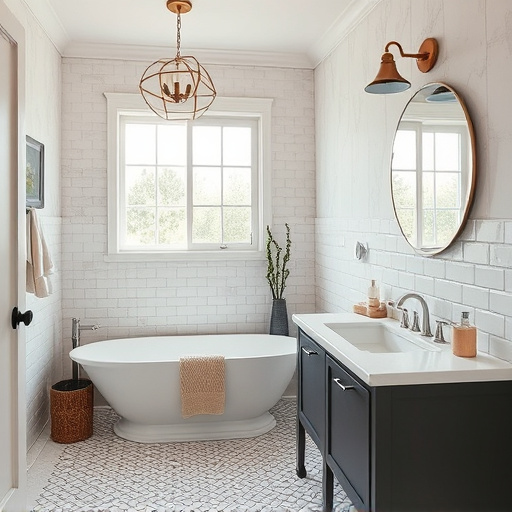
When it comes to choosing slip-resistant tile flooring, options are abundant. Among the popular choices are ceramic tiles with rough textures or non-slip finishes, porcelain tiles designed for high-moisture environments, and natural stone options like slate or travertine that offer both durability and a unique, textured surface. For those looking to blend style with safety, mosaic tiles made from small pieces of glass, stone, or ceramic can provide a vibrant, slip-resistant floor.
During installation, ensuring proper adherence and seamless joints is crucial. Start by preparing the subfloor, cleaning it thoroughly to remove any debris or oils. Use appropriate adhesive and follow manufacturer guidelines for tile spacing. For customized home renovations, consider using specialized tools and techniques to create intricate patterns or custom shapes. Remember, proper grout application and sealing are essential steps that enhance the slip-resistance and overall aesthetics of your tile flooring, making it a durable and stylish choice for any space.
When selecting slip-resistant tile flooring, consider your specific needs, environment, and aesthetics. By understanding the available options and factors that influence your choice, you can make an informed decision that enhances safety without compromising style. Remember, the right tile flooring can transform spaces, providing both beauty and functionality, especially in areas prone to moisture or high traffic. So, whether for a bathroom, kitchen, or commercial space, slip-resistant tiles offer a smart investment for any homeowner or business owner looking to prioritize safety and durability.










